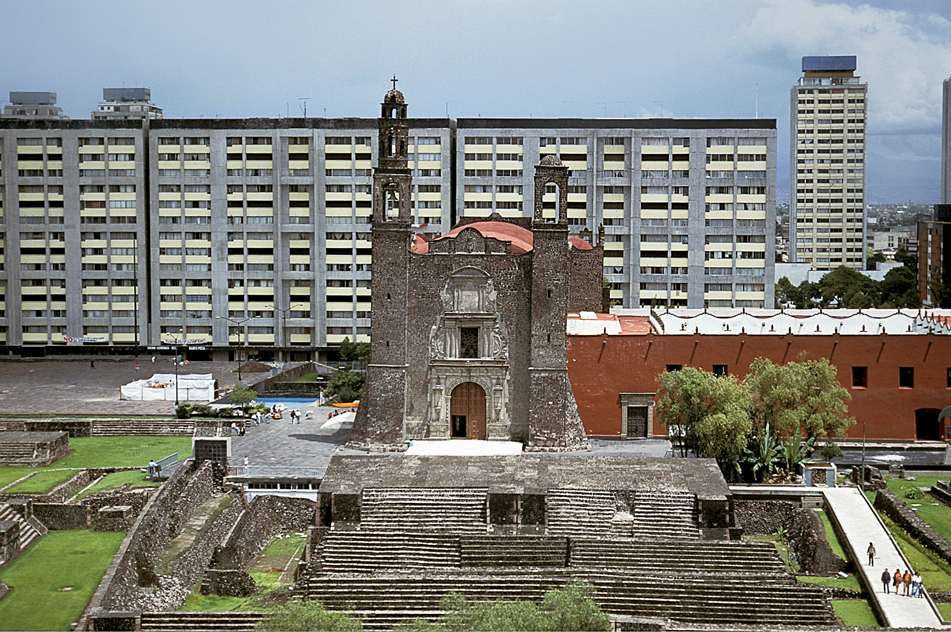Economic Nationalism in Mexico
Although Spain’s Central and South American colonies and Portuguese Brazil won political independence in the early nineteenth century, the new nations struggled to achieve genuine economic independence. Latin American countries had developed as producers of foodstuffs and raw materials exported to Europe and the United States in return for manufactured goods and capital investment. This exchange brought considerable economic development but exacted a heavy price: neocolonialism (see “Brazil: A New World Monarchy” in Chapter 27). Latin America became dependent on foreign markets, products, and investments. The Great Depression further hampered development and provoked a shift toward economic nationalism, a systematic effort by nationalists to end neocolonialism and to free their national economies from U.S. and western European influences.
Economic nationalism and industrialization were especially successful in the largest countries in Latin America: Mexico, Brazil, and Argentina. In Mexico the 1917 constitution created in the aftermath of the 1910 Mexican Revolution was a radically nationalistic document that called for universal suffrage, land reform, labor rights, and strict control of foreign capital. Progress toward these goals was modest until 1934, when the charismatic leader Lázaro Cárdenas became president as the candidate of the Institutional Revolutionary Party (PRI), which monopolized power until the end of the century (see Chapter 32). Under Cárdenas millions of acres of large estates were divided among small farmers or were returned undivided to Indian communities. State-

The presidents who followed Cárdenas used the state’s power to promote industrialization, and the Mexican economy grew consistently through the 1970s. During the years of the “Mexican miracle,” the economy grew 3 to 4 percent annually. This was a time of rapid urbanization as well, with people leaving rural areas for jobs in factories or for lower-